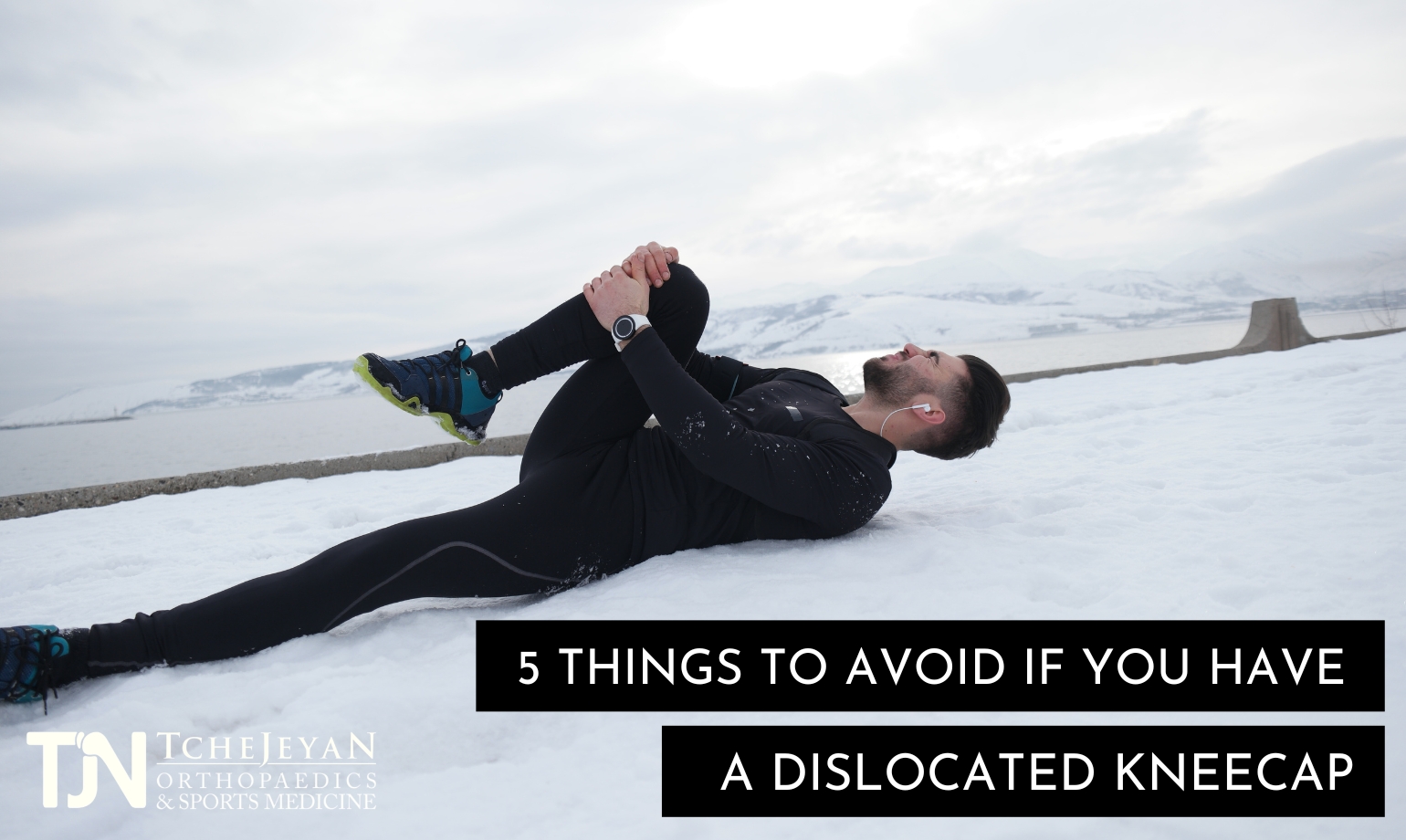A dislocated patella, or kneecap, is a common injury that often happens when playing contact sports or engaging in other vigorous physical activities like dancing or manual labor. It is also an injury that occurs in patients with hypermobility or loose joints. Women, teenagers, athletes, and heavy men are most at risk. Usually, this injury heals by itself as long as the patient avoids physical activity and is seen by a doctor. If you suspect that you have dislocated your kneecap or have been diagnosed with a dislocated kneecap, you need to avoid the following activities.
1. Walking
If you’ve dislocated your patella and it hasn’t popped back into place, you won’t be able to do weight-bearing exercises or even walk, and trying to walk can cause further injury to your knee. You’ll have severe knee pain, swelling, and redness or bruising, and you won’t be able to straighten your knee. Contact an orthopedic doctor immediately, or call an ambulance if you cannot get up or summon help. A joint specialist will put your kneecap back in place and let you know how to take care of it.
2. Putting the Cap Back on Your Own
After dislocating your kneecap, your first instinct might be to pop it back into place. But if this doesn’t happen on its own, don’t physically manipulate your kneecap because you might worsen your injury. Instead, call an orthopedic specialist to book an appointment as soon as possible. The doctor will replace your kneecap correctly and then perform imaging studies to see the extent of the damage.
3. Waiting Too Long to See a Doctor
If your kneecap pops back and your pain is reduced, you might be tempted not to go to the doctor. But this could cause long-term issues because your patella might not be in the right place.
In many cases, your joint specialist will tell you to use the RICE method to treat your knee: rest, ice, compression, and elevation. But you cannot automatically assume that that is enough. You may need additional treatment or even surgery if you’re in significant pain or if your kneecap keeps dislocating, so make sure to get a professional diagnosis.
4. Strenuous Jobs
Sometimes, the kneecap pops back in place more or less on its own, and you can straighten your leg again. However, this doesn’t mean you’re cured. You’ll still need to visit an experienced specialist and spend several weeks recovering. This is because the dislocation has likely strained knee tendons, muscles, and ligaments, and if you do not take proper care, you may end up dislocating the patella again or causing other damage.
During the recovery period, you won’t be able to perform jobs that stress the knee or that involve bending or lifting your knee, such as gardening, cleaning the house, washing clothes, or even walking the dog. If your work requires physical activity, ask your doctor how much time you need to take off or see if your employer can temporarily assign other duties, such as a seated desk job, that will not require you to put any weight on your knee.
5. Sports That Involve Running and Jumping
Every injury is different, but most people take about six weeks to recover fully from a dislocated patella. You will need to rest your leg and ice the knee regularly during this time. After a few days, you may be able to start walking and doing gentle exercise again. Still, you can’t do any strenuous physical activities that may involve running, jumping, or twisting. Even if your knee feels better, restrain the urge to overtax your knee.
Speak to your doctor about when you can resume your favorite sports or other activities. You will likely need to begin slowly, with only 10-30 minutes of exercise at one time, and build up from there. Call us at Tchejeyan Orthopaedics and Sports Medicine to book your appointment with Dr. T and get the help you need to get back on your feet.




